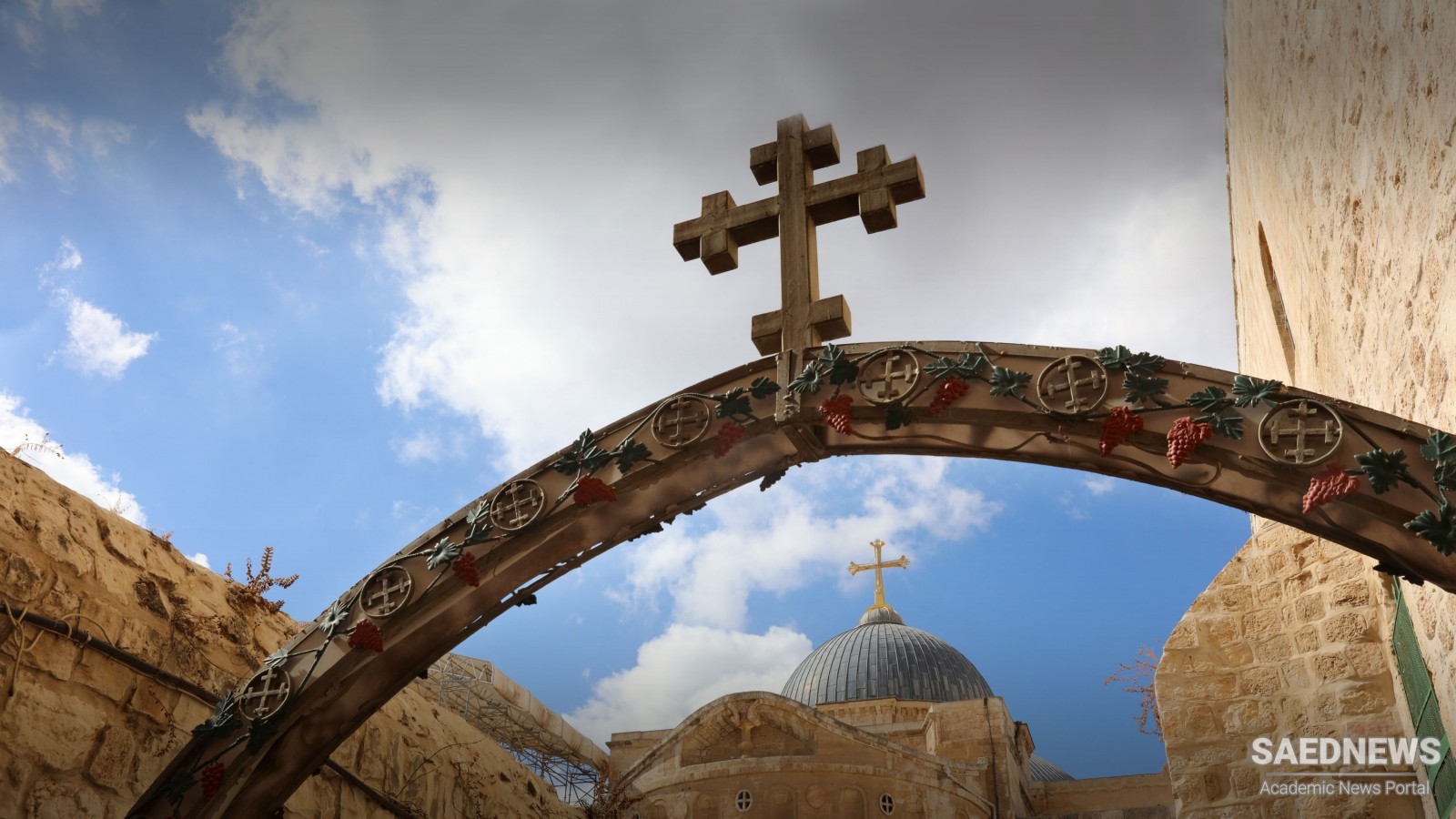Tourists encounter places of religion in nearly every corner of the world. Wherever religious people have made places of interaction with sacred powers, touristic practices are able to establish a site worthy of visitation. At religious sites that host significant numbers of tourists, a simultaneity of places emerges in parallel geographies of both the sacred and the touristic. Moreover, the meaningful content of these overlapping places relies upon narratives of identity that consolidate the bonds that religious adherents and tourist visitors feel toward the place. In short, religious tourist sites tell stories that articulate coherent identities. The stories that make these sites meaningful relate first of all to a heuristic distinction between space and place. Space refers to an undifferentiated expanse lacking in meaningful content. On the other hand, place distinguishes particular locales by punctuating the meaningless expanse of space with meaningfulness. As the cultural geographer Yi-Fu Tuan notes, “‘Space’ is more abstract than ‘place.’ What begins as undifferentiated space becomes place as we get to know it better and endow it with value”. Indeed, the value that distinctive communities or particular individuals attribute to a site differentiates it from other places and from the monotonous expanse of space in general. This in turn emphasizes the particularity of place in contrast to the homogeneity of space. This can be visualized in terms of maps. A map is not so much a representation of space as it is a guide to the meaningful content that differentiates space into particular places. Michel de Certeau discusses a “bipolar distinction between ‘map’ and ‘itinerary’”; he demonstrates how historically “the map has slowly disengaged itself from the itineraries that were the condition of its possibility.” Thus, we do not see space on a map; a map of space would be nothing more than a blank sheet of paper. Instead, we see the configuration of particular places in relation to each other in a given segment of space. Map is not territory, as Jonathan Z. Smith correctly points out, but as artifacts of past itineraries, maps do provide a visual image of the places that make a territory meaningful and therefore recognizable to particular communities and individuals.


 Tourism, Religious Journey and Spirituality in Middle East
Tourism, Religious Journey and Spirituality in Middle East














































